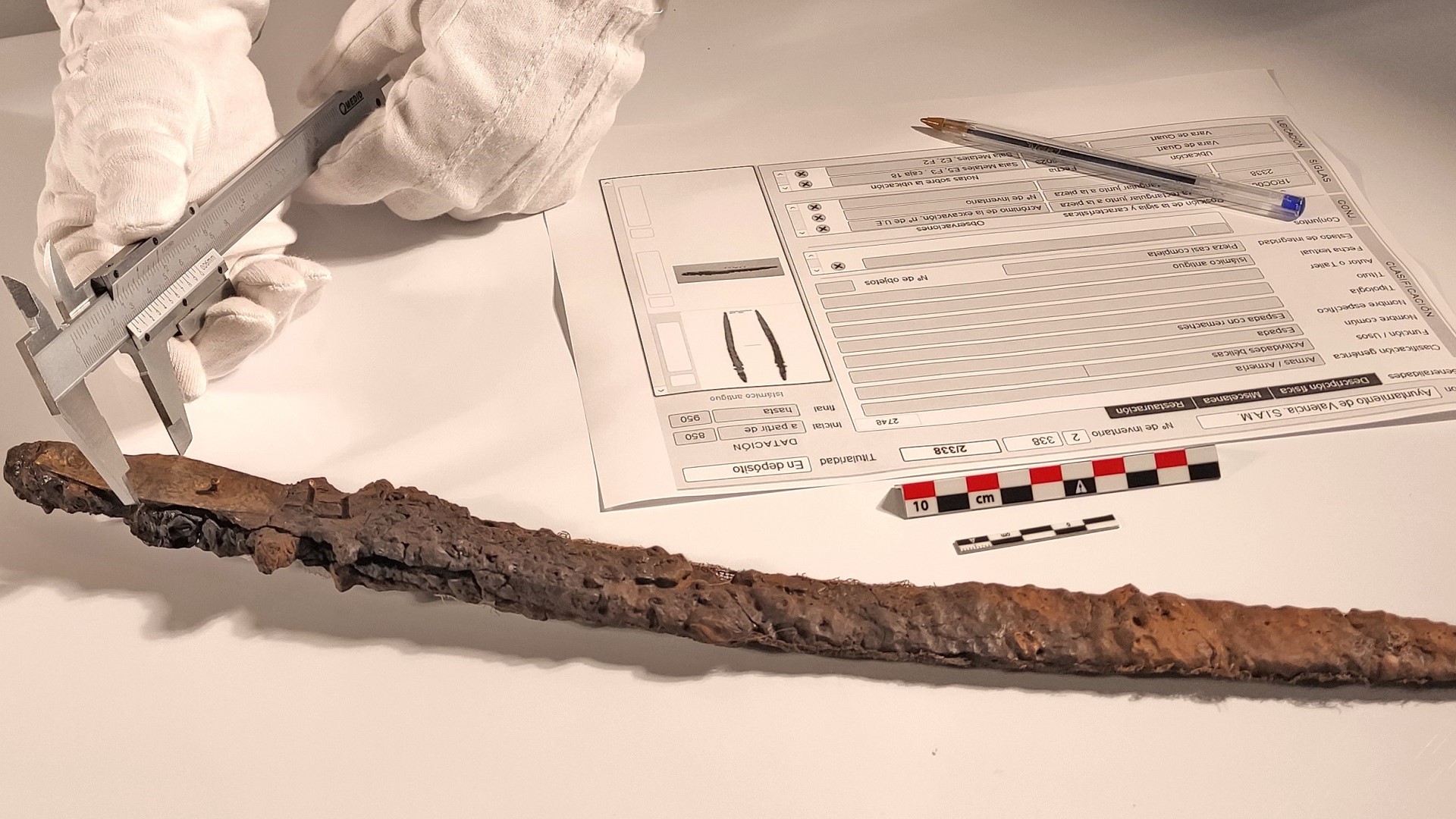Buildings, Vol. 14, Pages 963: The Role of Chemical Activation in Strengthening Iron Ore Tailings Supplementary Cementitious Materials
Buildings doi: 10.3390/buildings14040963
Authors: Zhihang Hu Xiaowei Gu Baojun Cheng Qing Wang Jianping Liu Xiaowei Ge Shiqi Yin
The preparation of iron ore tailings (IOTs) into supplementary cementitious materials (SCMs) is an effective approach to achieve value-added utilization of industrial solid waste. This study systematically investigates the hydration pattern and strength development of Portland cement systems with the incorporation of IOTs, steel slag (SS), granulated blast-furnace slag (GBFS), and fly ash (FA) under the action of different chemical additives. The hydration products, and microstructure and pore structure of the SCMs are analyzed using X-ray diffraction, Fourier transform infrared spectroscopy, scanning electron microscopy, and mercury intrusion porosimetry. The findings of this study demonstrate that chemical activation plays a significant role in the strength development of SCMs. Among the five chemical activators tested, Triethanolamine (TEA) had the greatest influence on mechanical properties. The maximum compressive strength of the SCMs at 28 days was 42.9 MPa at a dosage of 1%. Specifically, the addition of TEA promotes volcanic ash reactions, and the high fineness of SCM provides nucleation sites for hydration products. Interactions between the volcanic ash reaction and the complexation reaction of TEA have a positive effect on compressive strength development. This research expands the potential for IOTs SCMs through chemical activation methods for value-added applications.

 1 month ago
21
1 month ago
21


